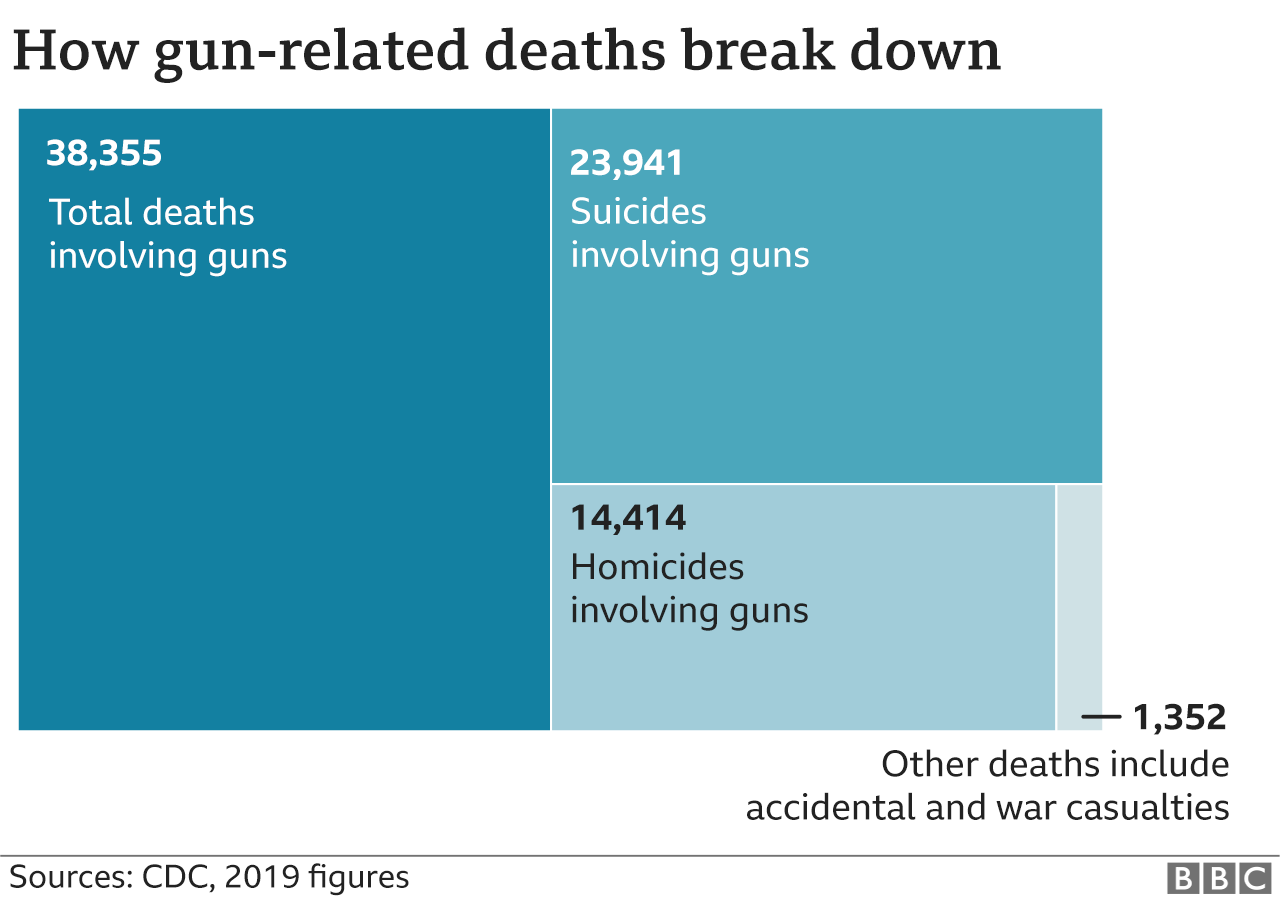
Organs aren't just going to tear or have bruises on them, they're going to be, parts of them are going to be destroyed. The bones aren't going to just break, they're going to shatter.

The result was the M16 for our troops and the AR-15 for civilians.Ĭynthia Bir: There's going to be a lot more damage to the tissues, both bones, organs, whatever gets kind of even near this bullet path. Both the round and the rifle were designed in the 1950's for the military. The 9 mm handgun round has a larger bullet, but this AR-15 round has more gunpowder, accelerating its velocity. So what happens is, this particular round is designed to tumble and break apart. It sliced nearly straight all the way through the gel.Ĭynthia Bir: It's exploded and it's tumbling. The handgun bullet traveled about 800 miles an hour. This is a 9 millimeter bullet from a handgun, which we captured in slow motion. "Organs aren't just going to tear or have bruises on them, they're going to be, parts of them are going to be destroyed." Scott Pelley: So this is a pretty accurate representation of what would happen to a human being?Ĭynthia Bir: Yeah, this is currently considered kind of the state of the art.
/arc-anglerfish-arc2-prod-pmn.s3.amazonaws.com/public/MPQ5VNSTK5EWVIF3HJXMHFPDIQ.jpg)
Cynthia Bir with correspondent Scott PelleyĬynthia Bir: Years of research have gone in to kind of what the makeup should be of this ordnance gelatin to really represent what damage you would see in your soft tissues.

But Cynthia Bir showed us the difference in an AR-15 round against gelatin targets in her ballistics lab at the University of Southern California. I saw the holes in the church from one side to the other, all the pews, the concrete, the carpet, I saw it all.Ī gunshot wound is potentially fatal no matter what kind of ammunition is used. Scott Pelley: The police estimate that he fired about 450 rounds.


 0 kommentar(er)
0 kommentar(er)
